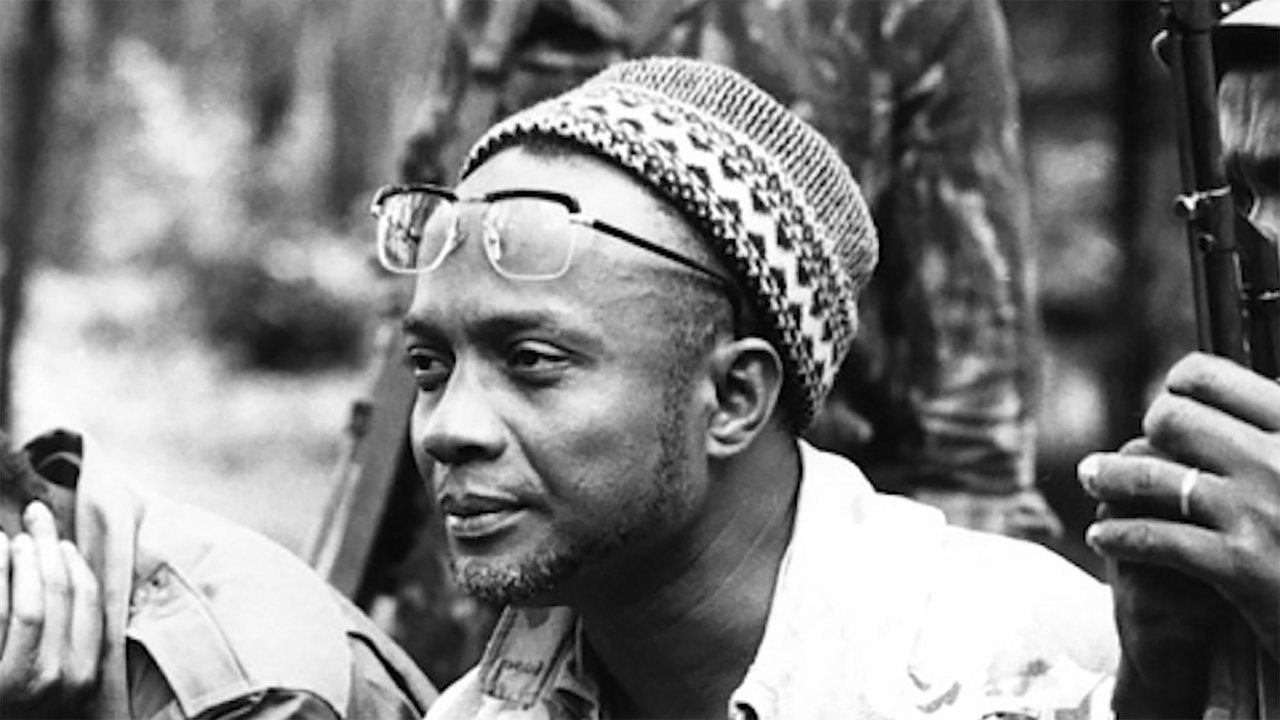

Amílcar Cabral(2000)
Documentary about African freedom fighter Amílcar Cabral, whose story is told by his relatives and friends. Amílcar, besides being a humanist and nationalist, was also a brilliant poet.


Movie: Amílcar Cabral
Top 2 Billed Cast
Self
Self

Amílcar Cabral
HomePage
Overview
Documentary about African freedom fighter Amílcar Cabral, whose story is told by his relatives and friends. Amílcar, besides being a humanist and nationalist, was also a brilliant poet.
Release Date
2000-01-01
Average
0
Rating:
0.0 startsTagline
Genres
Languages:
PortuguêsKeywords
Similar Movies
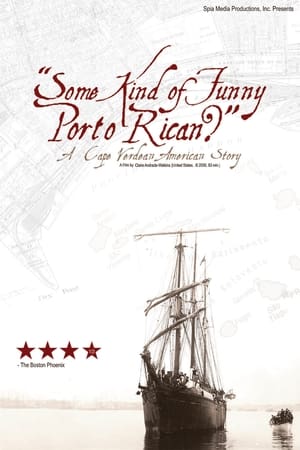 6.0
6.0"Some Kind of Funny Porto Rican?": A Cape Verdean American Story(en)
The untold tragedy and scandal of what happened to a vibrant community of immigrants from the Cape Verde Islands in the Fox Point section of Providence, Rhode Island who were forcibly displaced by urban renewal to make way for fancy coffee shops, antique stores and elegantly restored houses. Poignant, heartfelt and warm, in a timeless snapshot SKFPR captures the essence, spirit and heart of a community whose history was erased before it was written.
 10.0
10.0The Other Side of the Atlantic(pt)
The Other Side of the Atlantic is a documentary that builts a bridge in the ocean that separates Brazil and Africa. The film tackles the cultural exchanges, the imaginary created through the mirroring, the prejudice and dreams built in both sides of the atlantic through the life stories of the students of african countries in transit through Brazil.
Contract(en)
This film explores aspects of the African Diaspora, history and culture that are not widely known or are normally overlooked in mainstream, popular and scholarly discourse. It tells the compelling story of two African countries(Cape Verde and Sao Tome & Principe) forever linked by a history of poverty and slavery, and two people forever linked by the unbreakable bond of family and love
 0.0
0.0Morabeza(en)
This 16mm short film undertakes a journey from slavery to ‘Morabeza’, a multi-faceted word that describes Cape Verde’s gentle spirit. Allow yourself be guided to discover the diversity and beauty of this South African country.
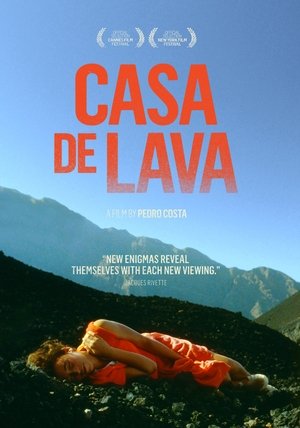 6.9
6.9Casa de Lava(pt)
The film tells a story of Mariana, a nurse who leaves Lisbon to accompany an immigrant worker in a comatose sleep on his trip home to Cape Verde. The devoted Portuguese nurse took a journey only to find herself lost in abstract drama.
 5.8
5.8The Island of Contenda(pt)
Cape Verde, 1964. At the feet of a mighty volcano, the traditional Cape Verdean society is undergoing a steady change. The old land-owning aristocracy is disintegrating. A class of "mulattos" begins to emerge, with a trade-based financial power that threatens the landlords. A new identity arises, a mix of old and new, of African and Portuguese culture, sensual and dynamic. The songs of Cesária Évora follow this inevitable transformation. From the novel by Henrique Teixeira de Sousa.
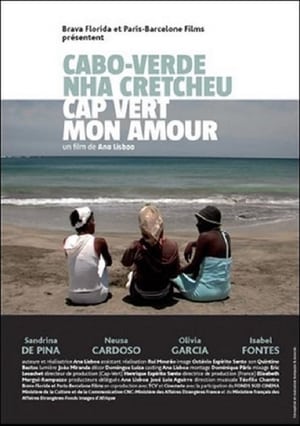 7.0
7.0Cape Verde My Love(pt)
Praia, Cape Verde. Laura, Flavia and Bela are childhood friends. Each leads her own life and they sometimes meet to dance, dine and have fun. But one day the calm rivers of their lives break their banks and become wild torrents: Ricardo, Flavia's husband, rapes his pupil Indira, Laura's 13-year old eldest daughter. A film that takes a critical look at the lives of women in Cape Verde.
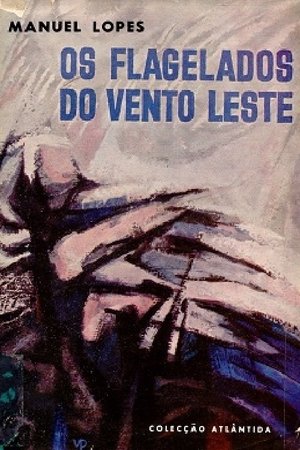 0.0
0.0The Victims of the East Wind(pt)
Film adaptation of a novel published in 1960 by Cape Verdean author Manuel Lopes.
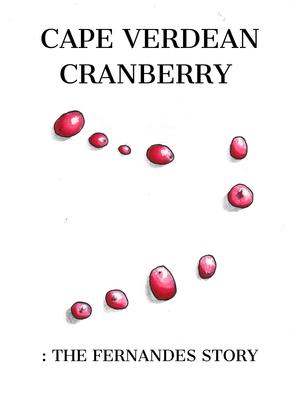 0.0
0.0Cape Verdean Cranberry: The Fernandes Story(en)
Follow the story of one family's contribution to the history that ties Cape Verdean immigrants to the cranberry industry in southern Massachusetts.
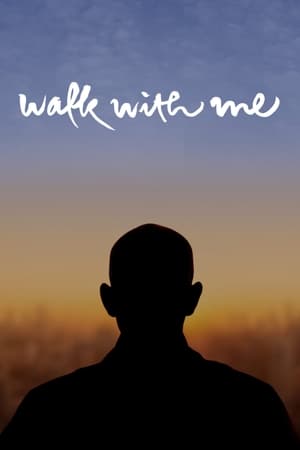 5.7
5.7Walk with Me(en)
Narrated by Benedict Cumberbatch, Walk With Me is a cinematic journey into the world of a monastic community who practice the art of mindfulness with Zen Buddhist master Thich Nhat Hanh.
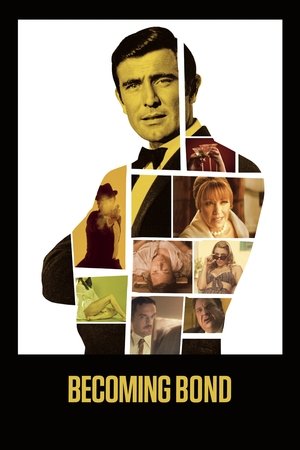 6.9
6.9Becoming Bond(en)
The stranger-than-fiction true story of George Lazenby, a poor Australian car mechanic who, through an unbelievable set of circumstances, landed the role of James Bond despite having never acted a day in his life.
 6.8
6.8G-Funk(en)
G-Funk is the untold story of three childhood friends from East Long Beach who helped commercialize hip hop by developing a sophisticated and melodic new approach – merging Gangsta Rap with elements of Motown, Funk, and R&B.
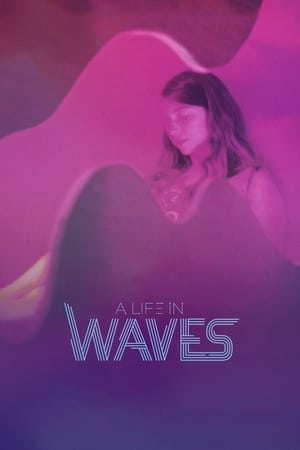 6.7
6.7A Life in Waves(en)
Explores the life and innovations of composer and electronic music pioneer Suzanne Ciani.
 7.7
7.7May It Last: A Portrait of the Avett Brothers(en)
An intimate portrait of the acclaimed North Carolina band The Avett Brothers, charting their decade-and-a- half rise, while chronicling their present-day collaboration with famed producer Rick Rubin on the multi-Grammy-nominated album “True Sadness.”
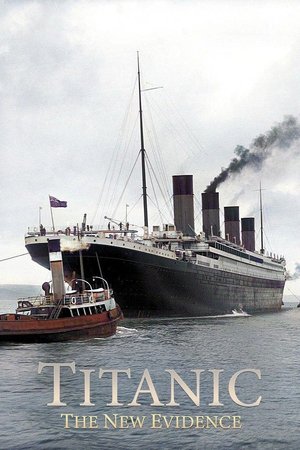 7.1
7.1Titanic: The New Evidence(en)
This documentary draws on new evidence to reveal that a fire was raging in Titanic's boiler rooms before she left port, that it was kept secret and, it's now believed, that it led to the tragedy
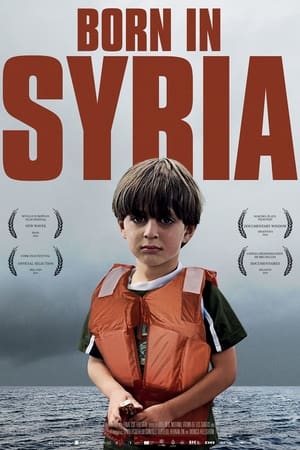 7.2
7.2Born in Syria(es)
This intimate documentary follows a group of Syrian children refugees who narrowly escape a life of torment and integrate into a foreign land.
 7.9
7.9Virunga(en)
Virunga in the Democratic Republic of the Congo is Africa’s oldest national park, a UNESCO world heritage site, and a contested ground among insurgencies seeking to topple the government that see untold profits in the land. Among this ongoing power struggle, Virunga also happens to be the last natural habitat for the critically endangered mountain gorilla. The only thing standing in the way of the forces closing in around the gorillas: a handful of passionate park rangers and journalists fighting to secure the park’s borders and expose the corruption of its enemies. Filled with shocking footage, and anchored by the surprisingly deep and gentle characters of the gorillas themselves, Virunga is a galvanizing call to action around an ongoing political and environmental crisis in the Congo.
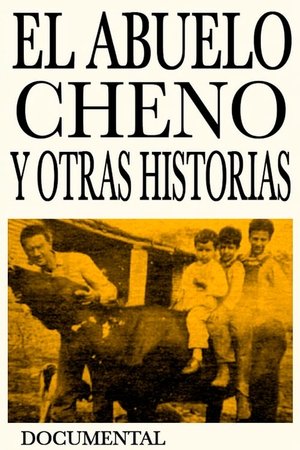 6.8
6.8Grandpa Cheno and Other Stories(es)
A young man sets out to the small town where his grandfather once lived to learn the story behind his death. There he learns from the town elders not only what happened to his grandfather but stories about old times and the ways the town has changed.
 7.5
7.5Aldo Moro - Il presidente(it)
At the end of the seventies the Red Brigades are plotting a new target to hit, the president of the Christian Democrats Aldo Moro. On 16 March 1978, the band of the Red Brigades went on the attack. The terrorists kidnap Aldo Moro and kill all the men in his escort.